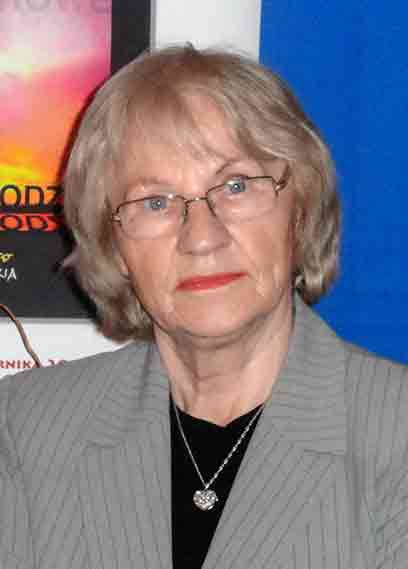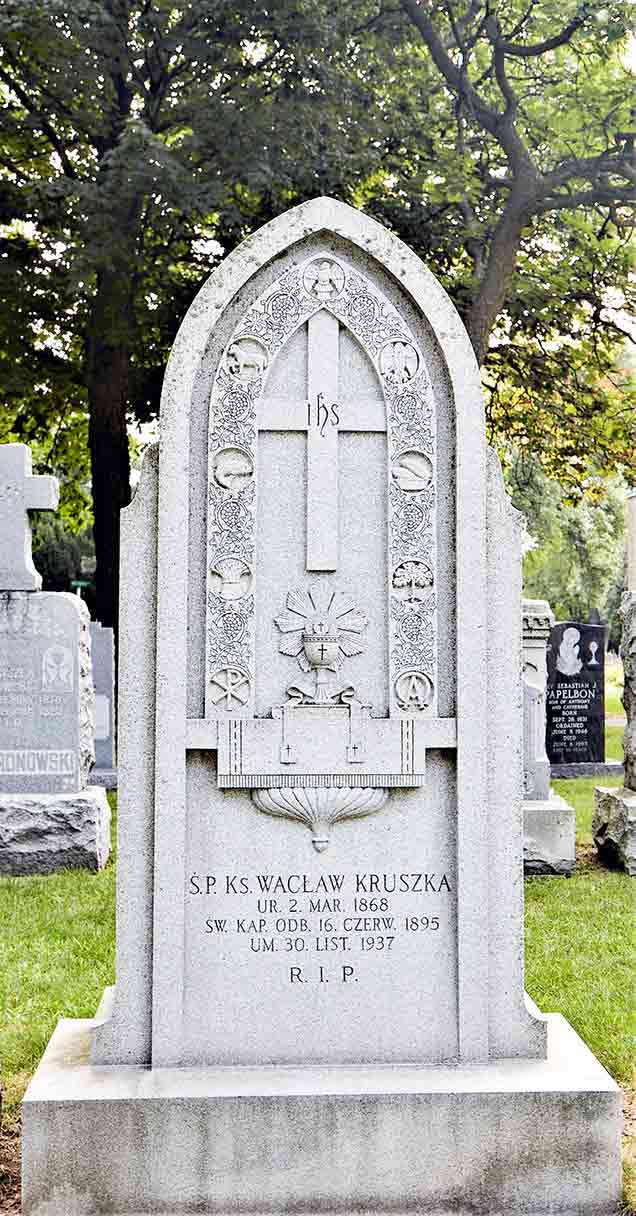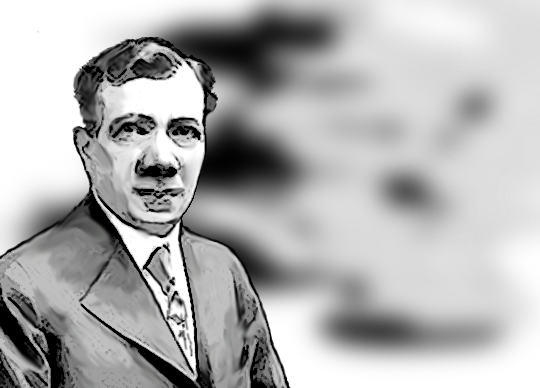Stanisław Zwierzchowski was born on April 27, 1880 in Śrem in Wielkopolska (Greater Poland), under the Prussian partition. He graduated from gymnasium in his hometown and technical studies in Berlin-Charlottenburg. In 1905. with a mechanical engineering degree, he came to Poznań and did an internship at the Hipolit Cegielski Factory. Following the footsteps of his countrymen, he went to the United States for further studies and quickly found a job as a structural engineer at the Allis Chalmers Co plant in Milwaukee. Here he met Polish community activists - the editors of Kuryer Polski, the Kruszko brothers. In 1909 he married Michał's daughter, Felicja Aurelia. As a talented engineer, he quickly climbed the ranks of his scientific and professional career. In 1907, he was appointed to work at the Michigan State University in Ann Arbor. He was there successively a lecturer, associate professor, and in 1912 he was appointed a professor. The main field of interest and work of Professor Zwierzchowski were the rotors of reaction water turbines. As a result of the research carried out in the years 1909-1914, he created four new types of water turbines, the strength and speed of which were many percent higher than before. His achievements in this area were a breakthrough in the construction of high-power water turbines, designed for low water falls. In a short time he became an authority and consultant in the production of water turbines. His works have been put into practice and gained him worldwide fame. He also received financial rewards. He then purchased the shares of Kuryer Polski and was officially its editor-in-chief in 1923-28.
In the year 1913 he became an American citizen and adopted a new shortened spelling of his surname - Zowski. Despite numerous scientific and didactic activities, he found time for social activity among the Polish diaspora. The time was exceptional then (the years of the First World War) and every Pole fought for Poland's independence to the best of his strength. The Kuryer of Poland conducted extensive agitation to the "Blue Army" and, in the years 1916/17, professor Zwierzchowski worked in the survey committee of colonel E.M. House, who prepared materials for President T.W. Wilson for a future peace conference in Paris. After the end of World War I, he accompanied President Wilson to the peace conference as an expert on Polish affairs. Until 1921 he was a professor at the University of Michigan, but had already decided to take up a position at the Warsaw University of Technology. In 1922 he came to Poland, was appointed full professor and on October 1 he took over the head of the newly created Department of Water Motors and Pumps at the Faculty of Mechanics of the Warsaw Institute of Technology. He held many professional and scientific positions at the Institute. He led the cathedral until the war, until 1939. During this time, he published, both in English and Polish, many articles and scientific works in the field of turbines and water engines. On September 9, 1939, as an American citizen, he evacuated to the United States. He died suddenly of a heart attack on January 11, 1940 in Charleston, South Carolina, and was buried there. Professor Stanisław Zwierzchowski is one of the 100 most prominent figures of the Warsaw Institute of Technology. He is, next to the fathers of independence (Paderewski, Dmowski and Haller), one of the most outstanding and distinguished activists of the American Polish community.





